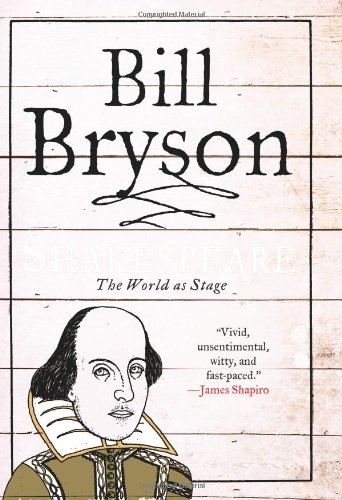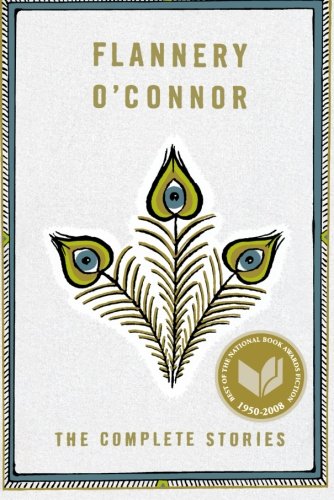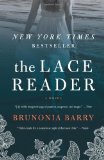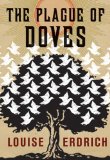I have not abandoned this blog, I promise you, but grad school has made it difficult for me to read as much as I’d like. Not reading as much means no book reviews. I’m finished with the semester, and I’m re-reading junk food favorite Twilight in addition to my new copy of The Tales of Beedle the Bard. I am enjoying a study of Macbeth with my juniors. I begin Romeo and Juliet again in January, and I love teaching that play. In addition, I also get to teach A Midsummer Night’s Dream for the second time ever and The Taming of the Shrew for the first, so I’m looking for some good times with Uncle Will. I will probably blog about any experiences teaching these plays at my education blog rather than here.
I came upon the New York Times article about the memorial service for Studs Terkel today. I listened to a long recording Terkel did with people who discussed the Great Depression, and it reminded me so much of what my grandfather did when he sent me a long letter about some of his experiences. My life is richer for having heard his history, and now I can pass it on. That’s what is valuable about the stories of the ordinary man in addition to politicians and famous folk, and that’s what Studs Terkel really understood about compelling stories — they are our stories and our voices, and our lives are richer when they are heard. I listen to This American Life often as a subscriber of their podcast (which is where I heard the Terkel recording), and every week I find something new and enjoyable about the stories of people.













